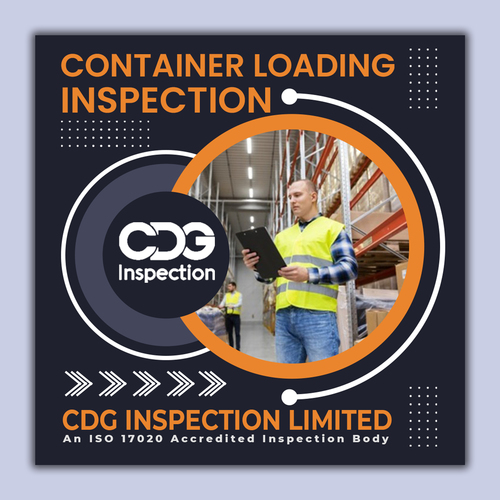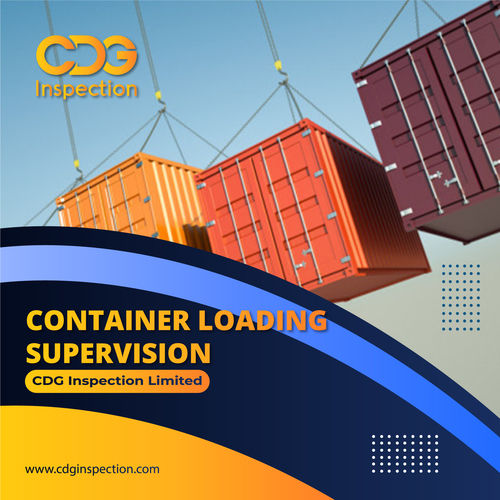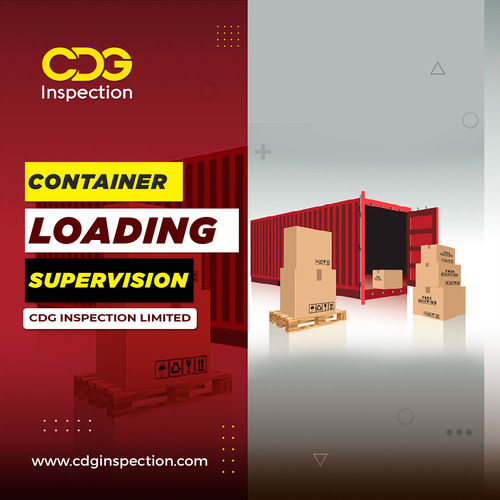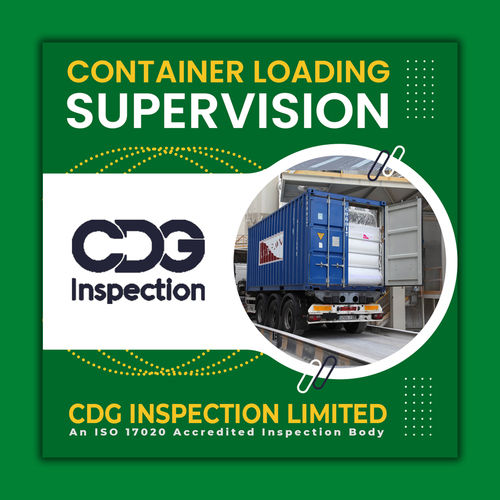Container Loading Supervision in Haridwar
Product Details:
Product Description
Container loading and unloading supervision is a key part of supply chain logistics and ensures your goods are signed, sealed, and delivered to their destination on time and in good condition. Container loading involves much more than you may think. Some of the basic specific requirements include identifying the key person who is the shipper and holding them responsible for the loading procedure. Its essential the appropriate container is selected for each job. The next step is to check the container when it arrives, to ensure it is clean, there are no damages or vulnerable points, and to locate any points where there might be a leak. Both the inside and outside of the container should be checked and if it is not safe, you should order a new one to ensure your what is being shipped arrives in good condition. As an importer, your goods need to arrive in perfect condition. However, many things can go wrong in the loading process or during shipment. Therefore, a container loading inspection is an essential process to ensure the containers arrive safely. A container loading inspection typically takes place at the shippers factory or warehouse and is carried out to make sure the goods are handled correctly and safely when being loaded into the shipping containers, thereby ensuring safe transportation and delivery to the final destination. Containers can offer a shipping method for small businesses that can reduce the chances of theft and help keep the shipping load together as a single unit, minimizing the likelihood of cargo parts going missing when shipped in large boxes. Business owners using container transportation should estimate the cargo size, select the correct container for the load and determine how to pack it to ensure it meets the shippers requirements, while still making the most use of the container space. Firstly, the number of boxes should be counted and then each box should be measured by length, width, height and weight and all the measurements should be noted. All large upright packing bags should also be measured by length, width, height, and weight. Any metal or plastic barrels should be measured by diameter, height, weight, and quantity and any loaded bags should stand freely on the floor. All load items for the same customer should be grouped together and all pallets should be measured. Any items that are identified as substances controlled under Hazmat regulations need to be grouped together. The pallet space should be measured by length, width and height. The shipper should be contacted and given all of the measurements. It can vary in different places, depending on the volume of traffic. In large global ports that move many containers the percentage can be below 1 percent. However, most of the time, the vast majority of regularly shipped cargoes and containers are industrial goods coming from one trusted shipper to another trusted importer. Therefore, these will have already been pre cleared by trusted parties at their source. The number of customs officers and the number of machines needed at all terminals operating 24 hours a day would be enormous, which is why boxes tend to be mostly spot checked. Any container loading and unloading supervision starts with a container inspection. If the container is in good condition and the goods are 100 percent packed and confirmed, then the loading and unloading inspection process continues. The inspector verifies that the correct goods were packed and that all the clients specifications were met. Once the loading and unloading of the container commences, the inspector verifies that the correct unit amount is being loaded. Record the weather conditions, arrival time of container, container number and truck number. Check the inner and outer condition of each container to assess damage, wellness, perforation, smell and marks etc. Check the quantity of goods loaded and record the condition of outer packaging master cartons pallets. Randomly select and open sample cartons to verify compliance with customers specifications. Supervise the loading process to minimize breakage and maximize space utilization. Seal the container with the customs seal and UQSR seal. Record the seal numbers and departure time of containers. Record the arrival time of container at the destination. Witness the container opening process. Check the validity of the unloading documents. Check the amount, packing and marking of the goods. Supervise unloading to see if the goods are damaged during these processes. Check the cleanliness of the unloading and shipment area.
Product details
| Service Type | Container Loading Supervision |
| Issue To Be Inspected | Quantity |
| Inspection Service For | Container |
| Industry Type | Any |
| Usage/Application | Any |
| Mode Of Report | Soft Copy |
| Service Mode | offline |






